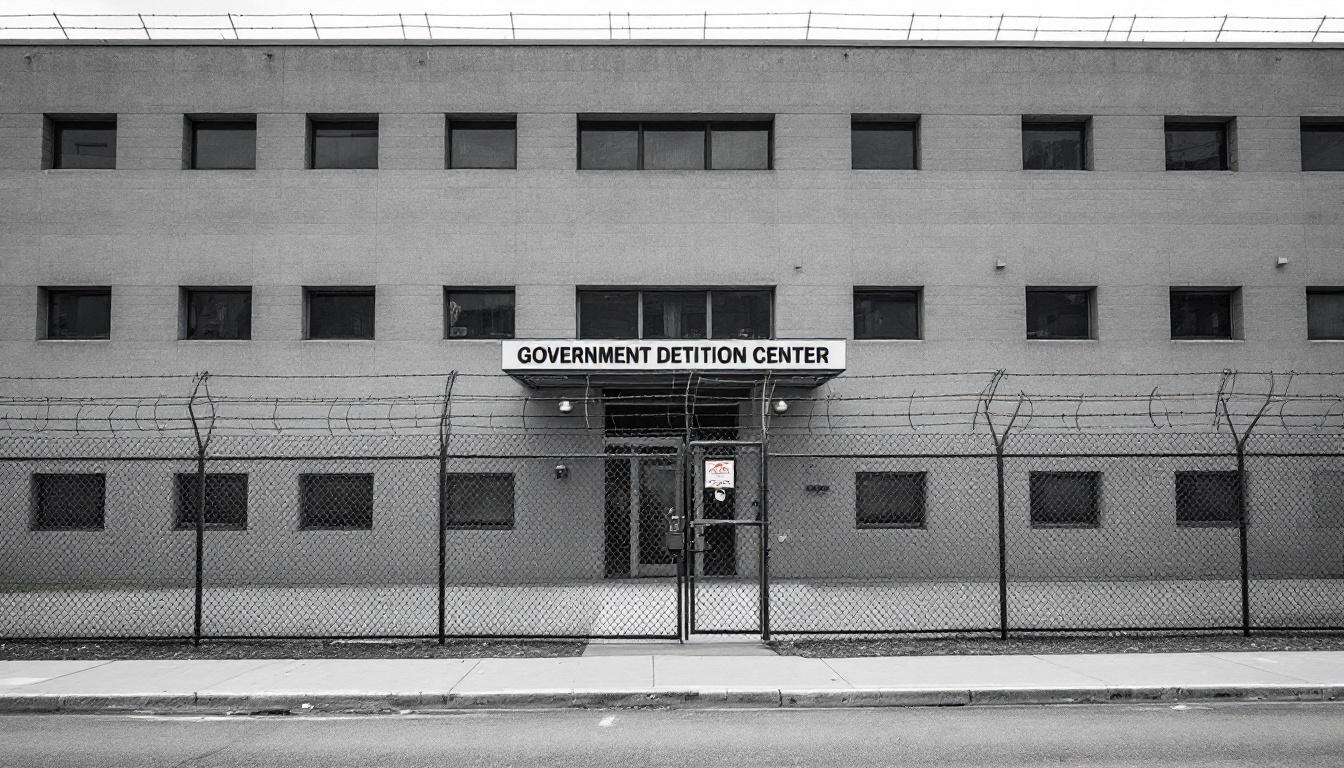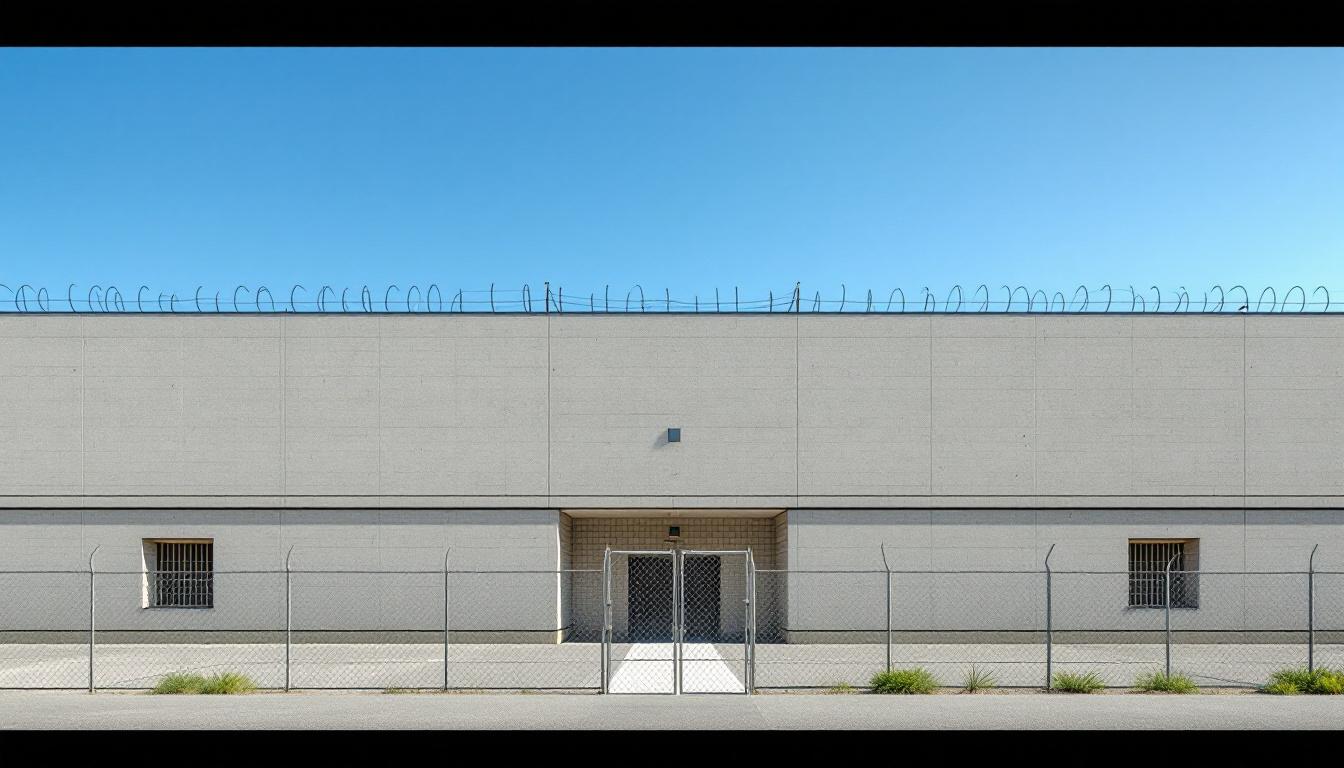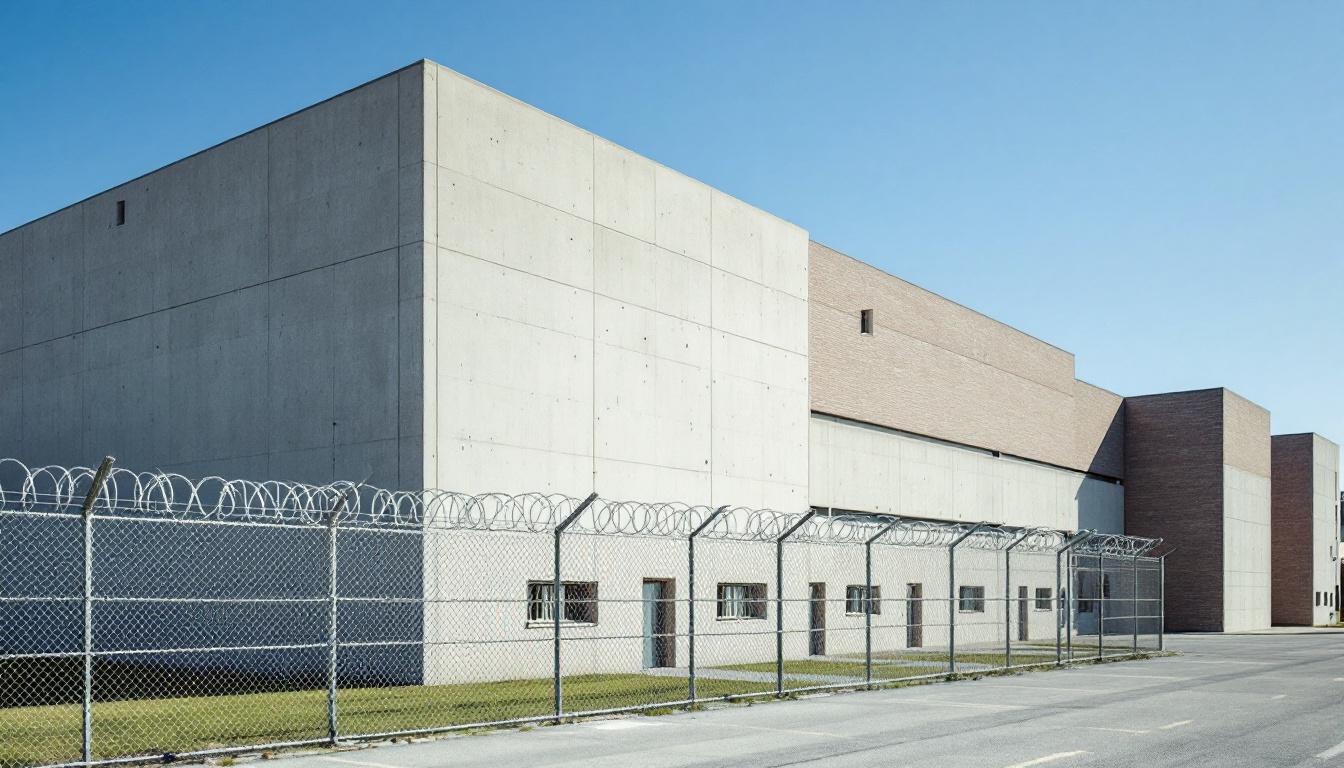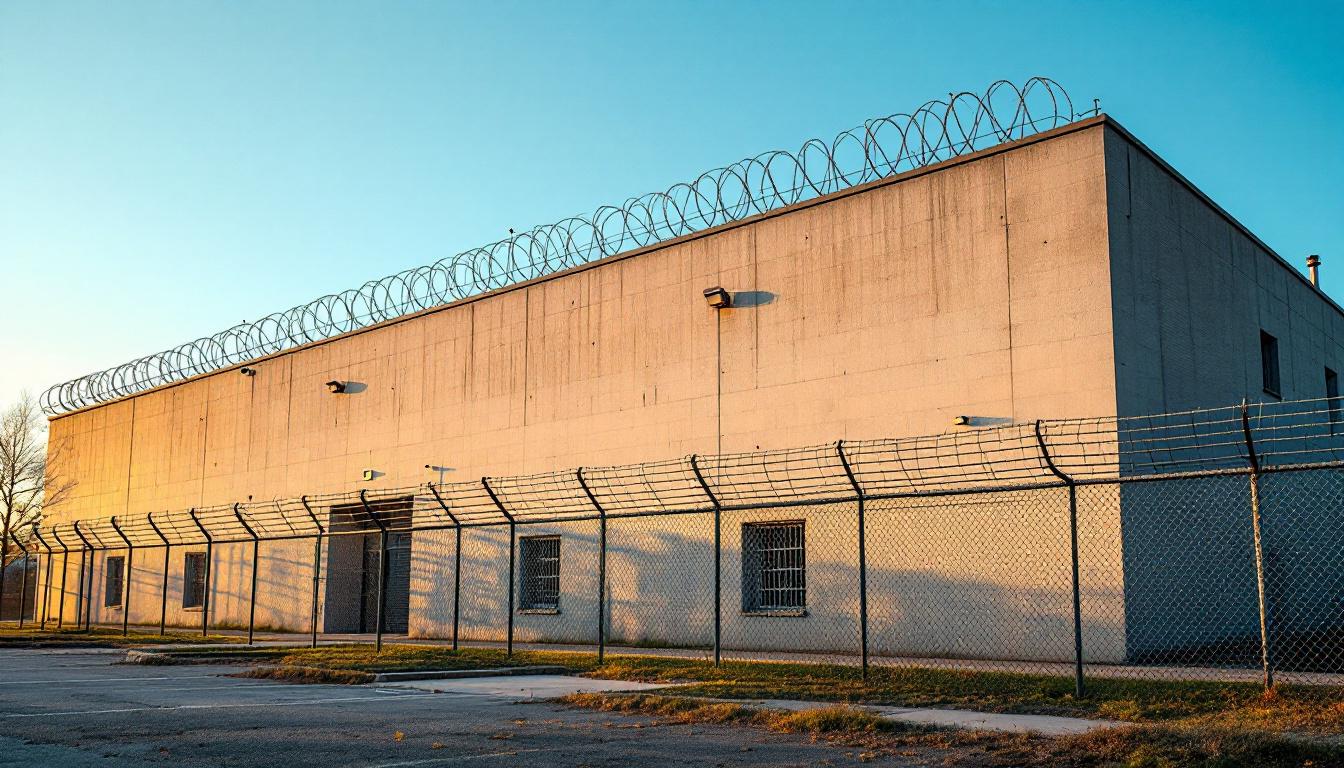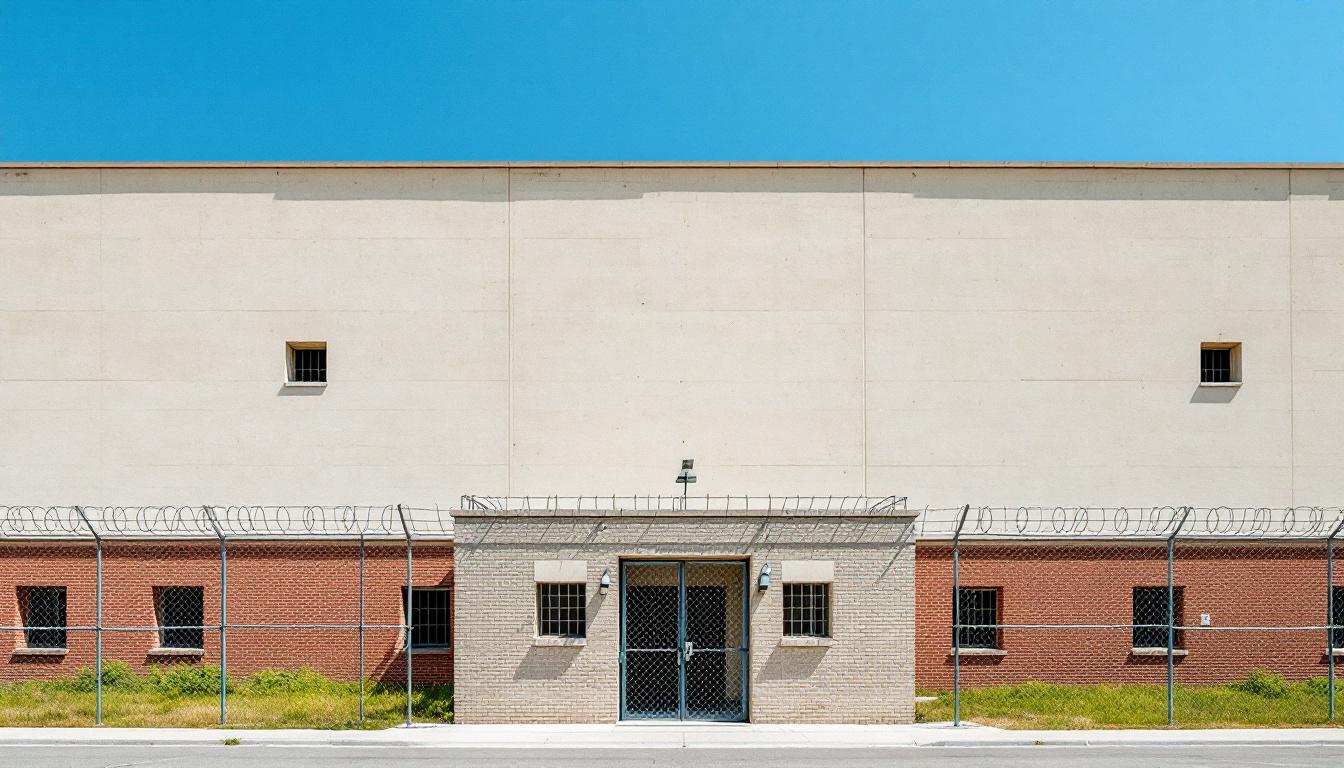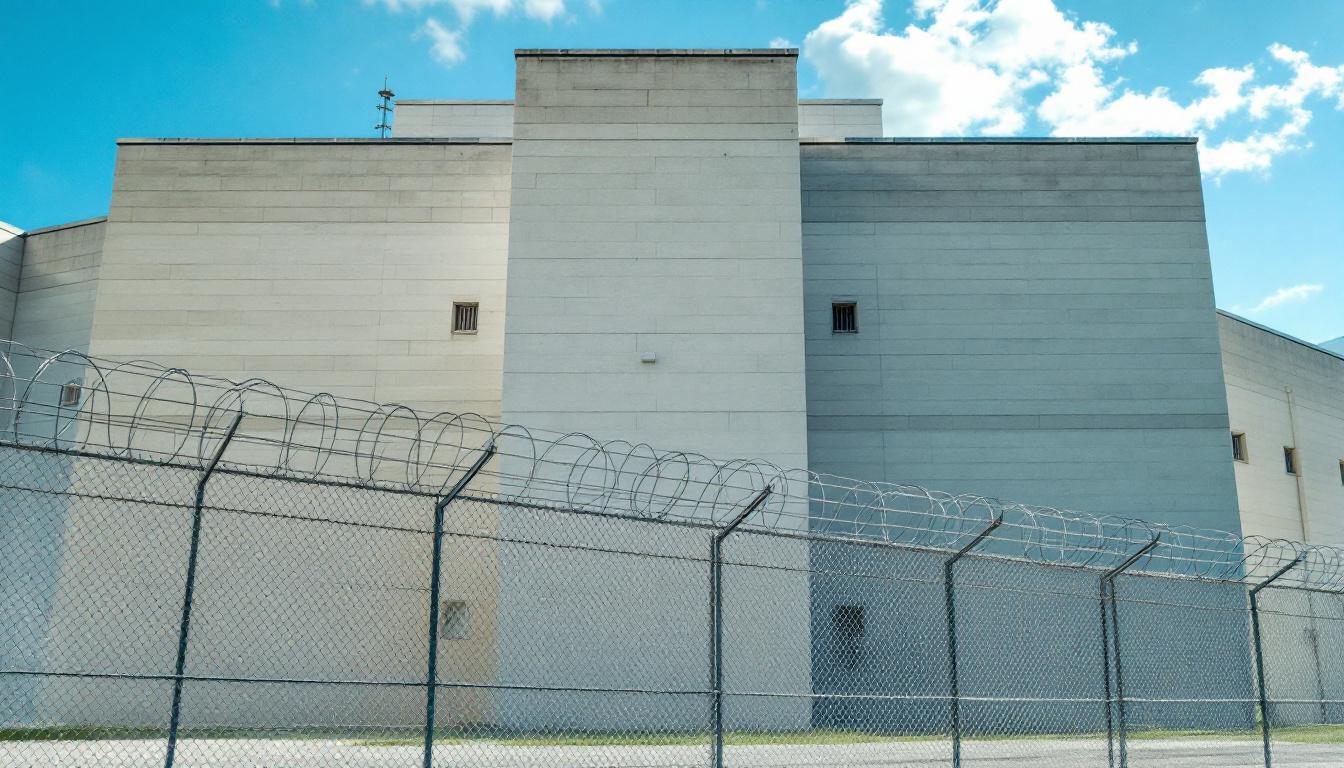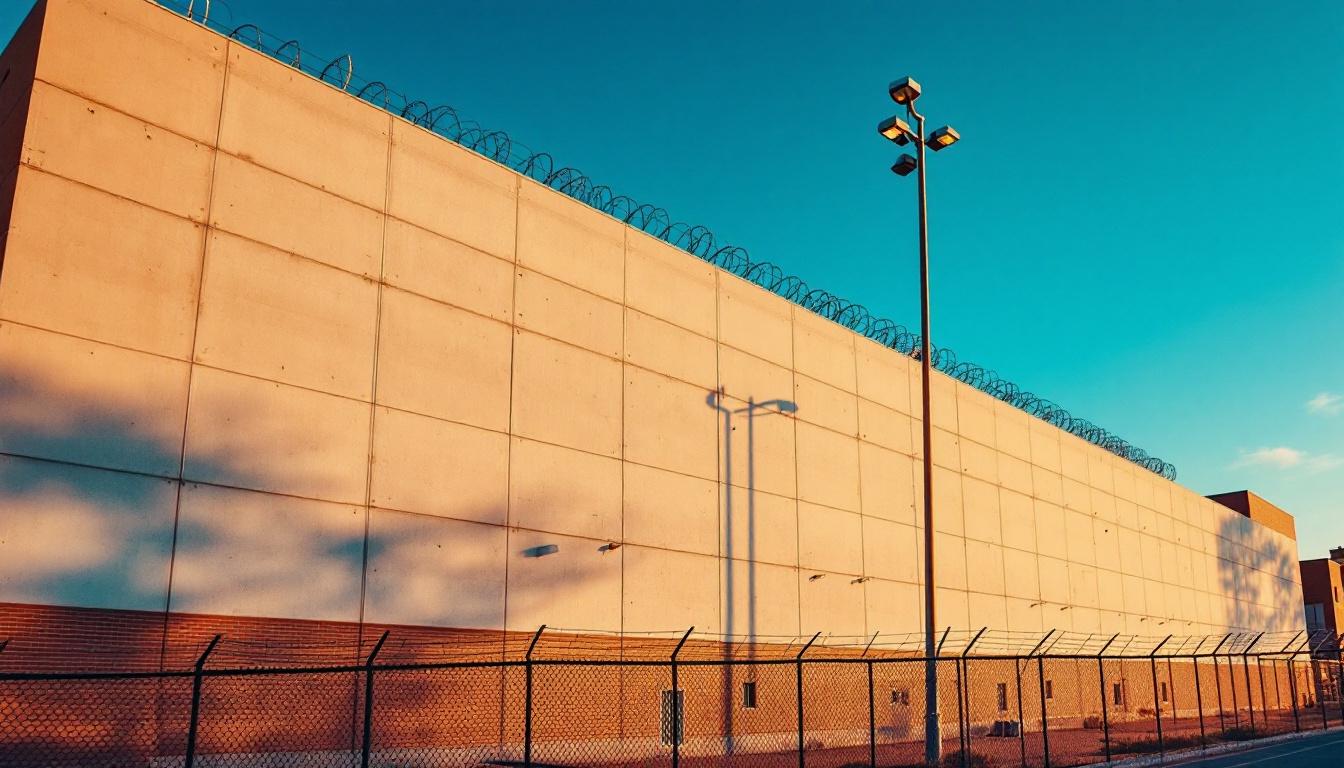
Quick Navigation
How to contact an inmate at Latah County Courthouse
This comprehensive guide will walk you through how to connect with an inmate at Latah County Courthouse. Follow the steps below to find an inmate and send letters and photos:
- Search for the inmate using our search tool below
- Create your account or log in to Penmate
- Write your message (up to 6,000 characters)
- Send instantly - inmates receive printed copies daily
Find an Inmate
Search for an inmate to start communicating today
Tip: You can search by first name, last name, or inmate ID number
To contact a person at Latah County Courthouse start by searching for the person on the official facility website. Perform a search by following these steps:
- Step 1: Enter their first name and last name into the search form and click "Search"
- Step 2: Locate their inmate record
- Step 3: Write down their Inmate ID and any housing information provided
Important! Be sure to enter the person's full name. Nicknames should not be used.
How to Send Messages to Inmates

You can use your phone or computer to send emails, letters, and photos to an inmate. Messages are sent electronically to inmate tablets or kiosks at the facility. If you would like to send a message, start by searching for an inmate at Latah County Courthouse.
Sending Photos and Postcards

A great way to send love and support to a loved one at Latah County Courthouse is to send photos and postcards. It only takes a few minutes to send photos from your phone and it makes a huge difference. You can also mail postcards with words of support and inspiration, or design your own postcard for special moments like birthdays and holidays.
Important! Be sure not to send any explicit photos or they may not be approved by the facility. You can also use a photo printing app like Penmate to make sure your photos are printed at the correct size (4x6 or 3x5) and are mailed according to the rules and regulations of Latah County Courthouse.
Frequently asked questions about Latah County Courthouse
-
How long does it take to deliver a message?
If you're sending an email message your letter is usually delivered within 24-48 hours. For messages sent via mail you should expect delivery within 3-7 days. All messages will need be approved by Latah County Courthouse.
-
How much does it cost to send a message to Latah County Courthouse?
You can send a message free using your phone or mail a message via USPS for the price of a $0.60 stamp and envelope. You can also purchase credits or e-stamps from services starting at $1.99.
-
What services can I use to contact an inmate at Latah County Courthouse?
Penmate
You can use Penmate to send letters and photos to an inmate from your phone. It's an easy way to stay in touch during your loved one's incarceration. Use the inmate locator to find an inmate's location and contact information, then you can send messages within a few minutes.
Securus messaging
Securus may be another option for communicating with an inmate at Latah County Courthouse. You can create a friends and family account and purchase credits to send messages. All messages will be reviewed and must be approved by the facility.
JPay
Some county jails and state prisons may support sending messages with JPay. You must register an account with the system, find your loved one, and purchase stamps to send messages. For some locations you can also attach photos.
Smart Jail Mail
You may also check if Smart Jail Mail is available at Latah County Courthouse. Smart Jail Mail is operated by Smart Communications and has contracted with some state and county jails. After purchasing credits, your messages and photos are sent to the facility, printed out, and then handed out to your loved one.
-
What is the mailing address of Latah County Courthouse?
Mailing address:
Latah County Courthouse
522 S Adams St
Moscow, ID 83843
-
What are the visiting hours at Latah County Courthouse?
Visiting hours at Latah County Courthouse vary by housing unit and security level. Generally, visits are scheduled on weekends and holidays, with some facilities offering weekday visits. Contact the facility directly for the current visiting schedule. Visits typically last 30-60 minutes and must be scheduled in advance.
-
What items are prohibited when sending mail to Latah County Courthouse?
Prohibited items typically include: cash, personal checks, stamps, stickers, glitter, glue, tape, staples, paperclips, polaroid photos, musical or blank greeting cards, hardcover books, magazines with staples, and any items containing metal or electronics. Only send letters on plain white paper with blue or black ink. Photos must be printed on regular photo paper (no Polaroids). Always check with Latah County Courthouse for their specific mail policies.
-
How do I send money to an inmate at Latah County Courthouse?
You can send money to an inmate at Latah County Courthouse through several methods: 1) Online using JPay, Access Corrections, or the facility's approved vendor, 2) Money orders mailed directly to the facility with the inmate's name and ID number, 3) Kiosks located in the facility lobby, or 4) Over the phone using a credit or debit card. Fees vary by method, typically ranging from $2.95 to $11.95 per transaction.
-
Can I schedule a video visit with an inmate at Latah County Courthouse?
Many facilities now offer video visitation as an alternative to in-person visits. At Latah County Courthouse, video visits may be available through services like Penmate, Securus Video Connect, GTL, or ICSolutions. Video visits typically cost $10-20 for 20-30 minutes and must be scheduled in advance. You'll need a computer or smartphone with a camera and reliable internet connection. Contact the facility for their specific video visitation policies and approved vendors.
-
What identification do I need to visit an inmate at Latah County Courthouse?
All visitors must present valid government-issued photo identification such as a driver's license, state ID, passport, or military ID. Minors must be accompanied by a parent or legal guardian who can provide the minor's birth certificate. Some facilities require visitors to be on the inmate's approved visitation list, which may require a background check. Contact Latah County Courthouse for specific ID requirements and visitor approval procedures.
-
How can I find out an inmate's release date?
To find an inmate's release date at Latah County Courthouse, you can: 1) Use the online inmate search tool if available, 2) Call the facility's records department, 3) Contact the inmate's case manager or counselor, or 4) Have the inmate provide this information during a call or visit. For privacy reasons, some facilities only release this information to immediate family members.
Facility Overview
Contact Information
Latah County Courthouse522 S Adams St
Moscow, ID 83843
Official Website

About Latah County Courthouse
Supporting successful community reintegration while maintaining public safety stands at the heart of correctional operations in Moscow, Idaho, where the Latah County correctional facility serves as a cornerstone of the regional justice system. Nestled in the rolling hills of northern Idaho’s Palouse region, this ID correctional facility operates within a landscape that emphasizes both accountability and rehabilitation for individuals in custody. The facility’s approach to offender management reflects the community-centered values of the mountain region, where outcomes matter as much as security protocols.
Those incarcerated services typically encompass a holistic framework designed to address the multifaceted needs of individuals during their time in custody. Educational programming, vocational training opportunities, and behavioral intervention services may be available to help residents develop skills essential for successful community reentry. The facility generally maintains structured daily routines that balance security requirements with programming designed to promote personal growth and responsibility. Mental health support and substance abuse counseling often form integral components of the rehabilitative approach, recognizing that addressing underlying issues contributes significantly to reducing recidivism rates.
Within Idaho’s broader correctional network, the Latah County facility serves the surrounding communities by providing secure custody while fostering an environment where positive change can occur. The correctional facility typically collaborates with local organizations and service providers to ensure continuity of care upon release, creating pathways for successful reintegration into the Moscow area and beyond. This comprehensive approach to rehabilitation emphasizes preparing individuals to become productive community members while maintaining the safety and security that residents of Latah County expect from their correctional system.
Programs & Services
Transformative opportunities await those incarcerated at Latah County, where a comprehensive framework of developmental offerings emphasizes personal growth through structured engagement. The facility’s approach centers on equipping individuals with practical skills and knowledge that extend far beyond their period of incarceration, fostering an environment where meaningful progress becomes achievable. Through carefully designed pathways that prioritize security and structured learning, participants may access resources that typically support both immediate needs and long-term reintegration goals.
Educational advancement forms a cornerstone of the facility’s developmental approach, with education programs that often include foundational literacy, academic skill building, and specialized coursework designed to strengthen cognitive abilities. Financial literacy components may furnish participants with essential knowledge about budgeting, banking, and economic planning—skills that prove invaluable during community reintegration. Moreover, vocational training opportunities typically encompass construction trades and related technical disciplines, providing hands-on experience in marketable fields that often lead to sustainable employment prospects upon release.
The facility’s support structure extends through comprehensive work programs that emphasize responsibility, time management, and professional development within a secure environment. Life coaching services may offer individualized guidance, helping those incarcerated identify personal strengths while developing strategies for overcoming challenges and achieving realistic goals. These therapeutic offerings typically complement the educational and vocational components, creating an integrated approach that addresses multiple dimensions of personal development while maintaining the safety and security standards essential to effective correctional operations.
Daily Life & Visitation
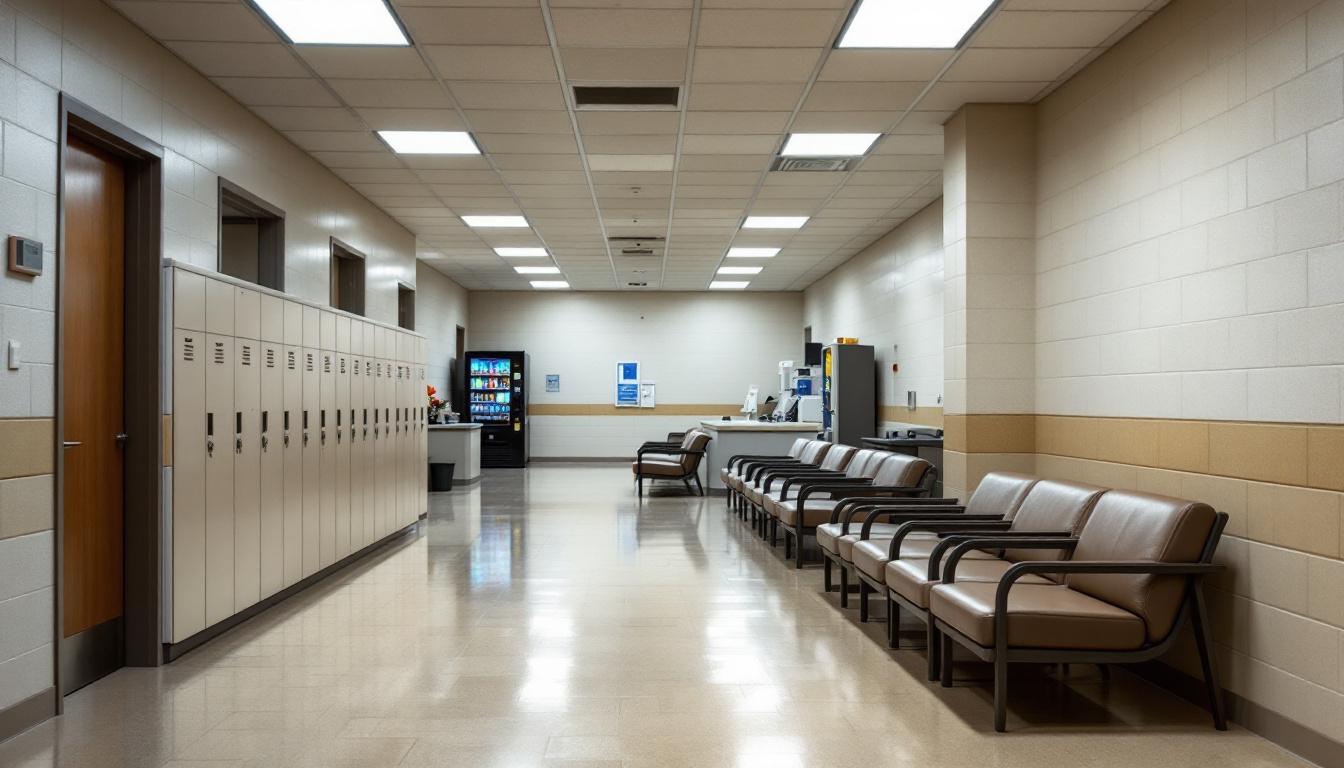
Building and maintaining connections with family members and the broader community remains a central focus for those incarcerated at this facility, where structured social interactions help preserve important relationships during periods of confinement. The facility currently operates on a predictable daily schedule that continues to emphasize both personal responsibility and community engagement, with those incarcerated typically beginning their day with morning counts and proceeding through various activities designed to furnish meaningful structure and purpose.
Living accommodations generally consist of shared housing units where those incarcerated develop relationships with their peers while navigating the realities of communal living spaces. Meals are typically served in common dining areas that provide opportunities for social interaction, whereas recreation periods usually include both indoor and outdoor activities that encourage physical fitness and group participation. Moreover, work assignments within the facility often involve kitchen duties, maintenance tasks, and other operational responsibilities that help those incarcerated contribute to their community while developing practical skills.
The facility generally maintains visiting schedules that allow families to maintain regular contact, while communication options may include telephone access and correspondence privileges that help preserve vital outside connections. Structured programming schedules typically furnish educational opportunities, counseling services, and other activities designed to support personal development and successful community reintegration. Those incarcerated can usually access commissary services for personal items, and the facility’s approach to daily operations continues to balance security requirements with opportunities for meaningful social engagement and family communication.
Ready to Connect?
Start communicating with your loved one today
Search for an Inmate

